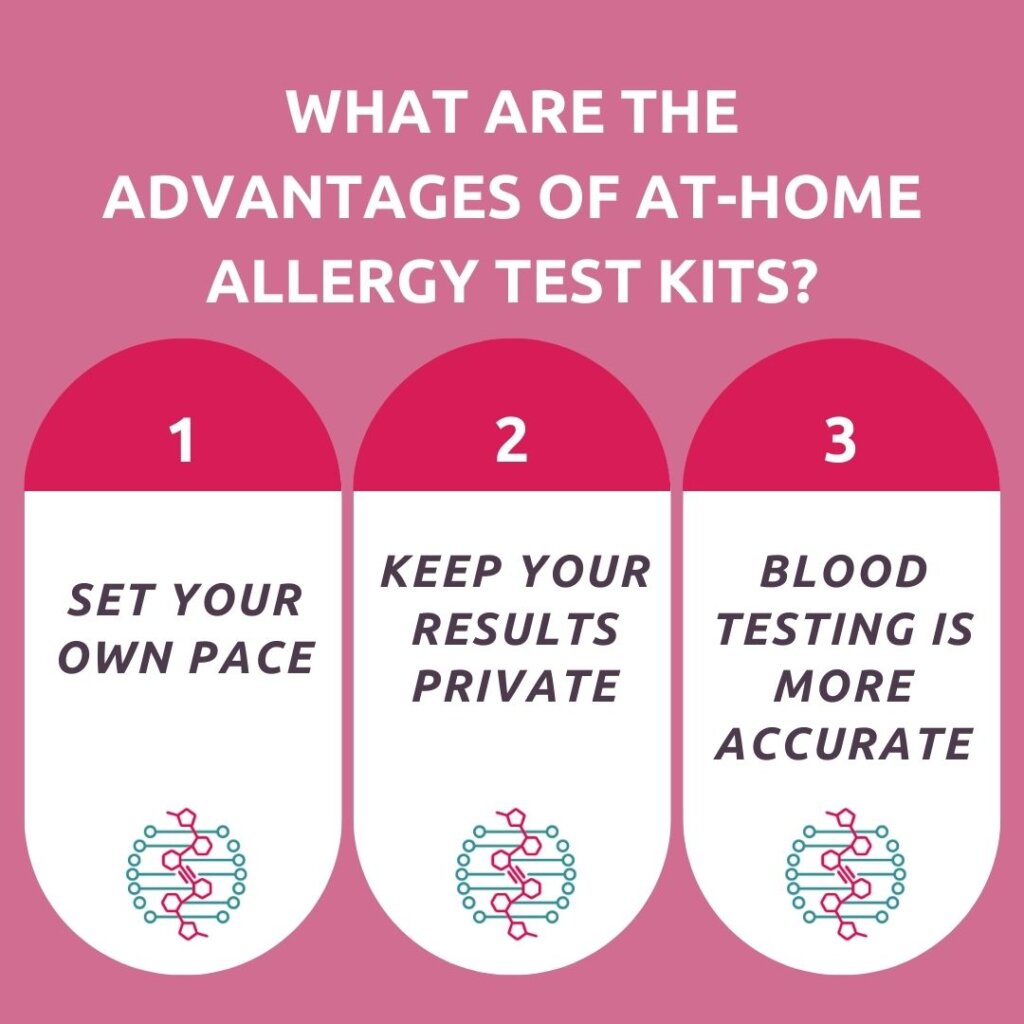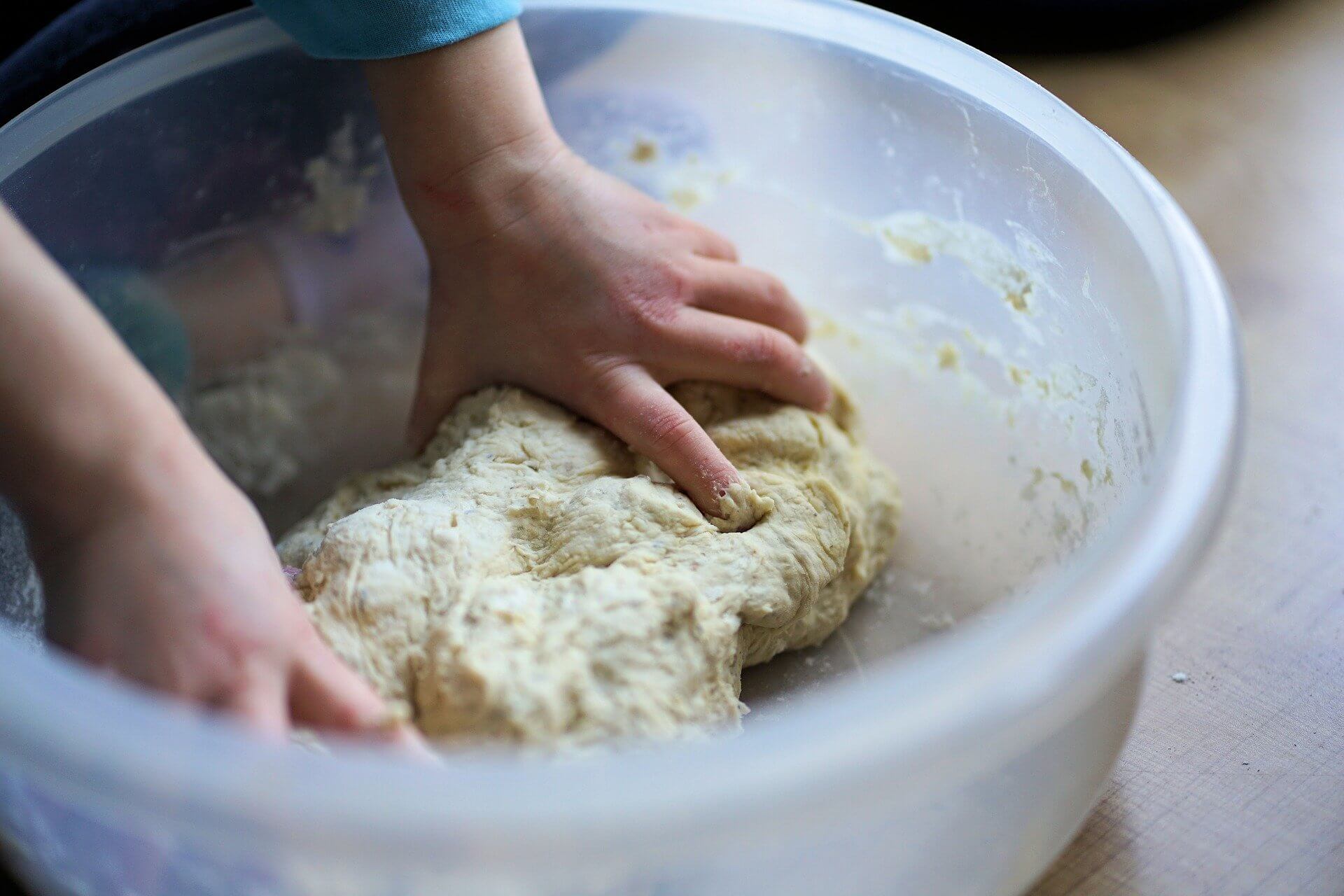There is so much that you must factor in about the best details for your health profile. From nutrition to exercise, there is a lot to think about. Then there are specialised details for your household to think about. These include the potential need for an allergy test or an intolerance test, among others.
If you’re considering an allergy testing kit but feel worried about safety and convenience, this would lead you to read about an at-home food allergy test. Are those legit? Are they worth your time and trust? Below, we’ll address your fears about at-home testing for allergies and show you why a combined allergy and intolerance test could be what you need for data combined with peace of mind.
What is an at-home allergy test?
Let’s start with the ultimate basics. Learn why you are hearing more and more about this modern approach to allergy testing.
As the name suggests, this is an allergy test you do in your home from start to finish. You order it online from a trusted professional brand, and the full allergy testing kit comes to your doorstep. Follow the included directions in the kit, and send it back to the provider to be professionally tested in a lab.
The test results are then sent to you in clear black and white. You will see what you are reacting to and why that matters with your eating habits and daily diet.
No matter how you look at it, an at-home allergy test or intolerance test is pretty simple!
How does at-home allergy testing work?
If you’re curious to read more, let’s dive a little deeper into the world of at-home testing for allergies. Generally, it works the same as it would in a lab, except you’re home.
Your provided blood sample (collected through a virtually painless skin prick) is sent to a lab. There, it is tested against potential allergens to give you the results that you need. If you order a test, you prick your finger, following the information given to you on the test. The doctor will extract the blood sample if you do it in a clinic.
If you’re interested in testing for allergies and intolerances, a combined allergy and intolerance test is an excellent option since you can do both simultaneously and get a full panel of results back to know what’s happening.
What are the advantages of at-home allergy test kits?

It sounds good, but it seems so unconventional to order an allergy test and do it yourself. What are the advantages or benefits of a home-based allergy testing kit?
Set your own pace
Booking in to see your GP can sometimes be a chore, especially when looking at something as “minor” as a blood test procedure. Between work schedules and life in general, it can be frustrating to get it all to work out. Doing the test at home means you can do it on your own time, pace, and schedule. There’s true beauty in that.
Keep your results private
While your GP will keep your results private, it can be compelling to consider at-home allergy testing. One feature is that you don’t need anyone else in your household to know that you are doing it. This includes little ones, siblings, etc. You can let those who need to know your allergy results when you are ready to do so.
Blood testing is more accurate
Traditionally, most GPs will recommend a skin prick test for allergies. However, there are better approaches to food allergies. A blood test measures the antibodies that react to the suspected allergen in your blood. A skin prick test simply measures how your skin reacts to an allergen. Since studies show that a skin prick is less reliable for food allergens, many will recommend blood testing.
The future of allergy testing
As more and more information becomes available, the world of allergy testing is changing. While some still like the tradition of seeing a GP and an allergy lab for an in-clinic test, more and more prefer the convenience and reliability of an at-home test.
This is another main consideration if you are still on the fence about your choice. A combined allergy and intolerance test can also help you isolate food intolerances from food allergies. It is often difficult to know what symptoms are from a food allergy and what are from food intolerance. So, getting clear information at the same time helps take the mystery out of it.
Plus, you can take your test results and visit your GP to see what the data means for your food-based future. There is no rule that you have to choose one approach or another as far as traditional or at-home allergy testing, after all!
Since our modern world has made it possible and practical to consider at-home alternatives to many traditional options, it’s time to decide what to take advantage of. Whether you are new to at-home allergy testing or simply refreshing your memory, this information will help you make the right conclusion about the power of at-home allergy testing for you and your loved ones!





